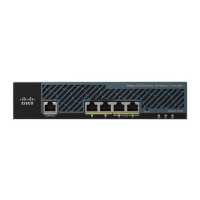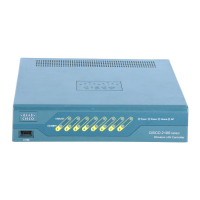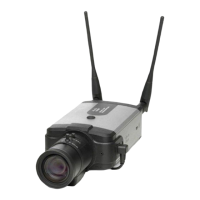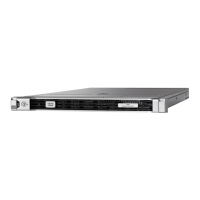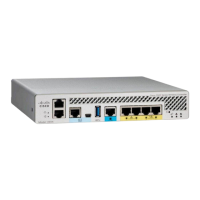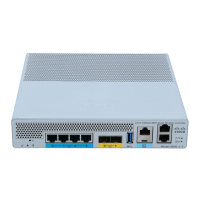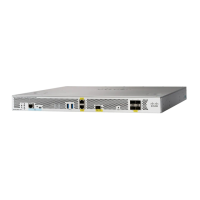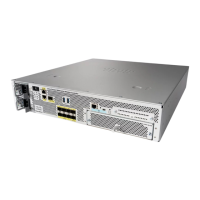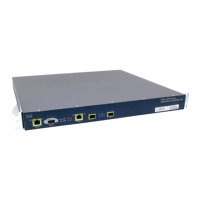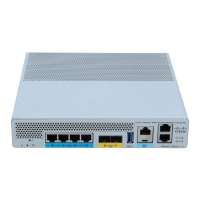hardware flow control. For detailed information about installing a console terminal, see the section
"Connecting to the Console Port" in the chapter "Installing the Router." See the appendix "Cable
Specifications" for cable and port pinouts.
Auxiliary Port Connections
Your router includes an EIA/TIA-232 asynchronous serial auxiliary port (RJ-45) that supports hardware
flow control. A cable and an adapter to connect a modem to the auxiliary port are included. To connect a
modem to the auxiliary port, use the RJ-45-to-RJ-45 roll-over cable (looks like a telephone cable) with
the male RJ-45-to-DB-25 adapter (labeled "MODEM"). For detailed information about connecting
devices to the auxiliary port, see the section "Connecting a Modem to the Auxiliary Port" in the chapter
"Installing the Router." See the appendix "Cable Specifications" for cable and port pinouts.
Inspecting the System
Do not unpack the router until you are ready to install it. If the final installation site will not be ready for
some time, keep the chassis in its shipping container to prevent accidental damage. When you have
determined where you want the router installed, proceed with unpacking it, and continue using the
chapter "Installing the Router."
Copyright 1989-1997 © Cisco Systems Inc.
http://www.cisco.com/univercd/cc/td/doc/product/access/acs_fix/cis2500/2520/2520_23/c2520pre.htm (13 of 13) [10/27/2000 3:07:41 PM]
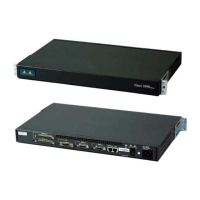
